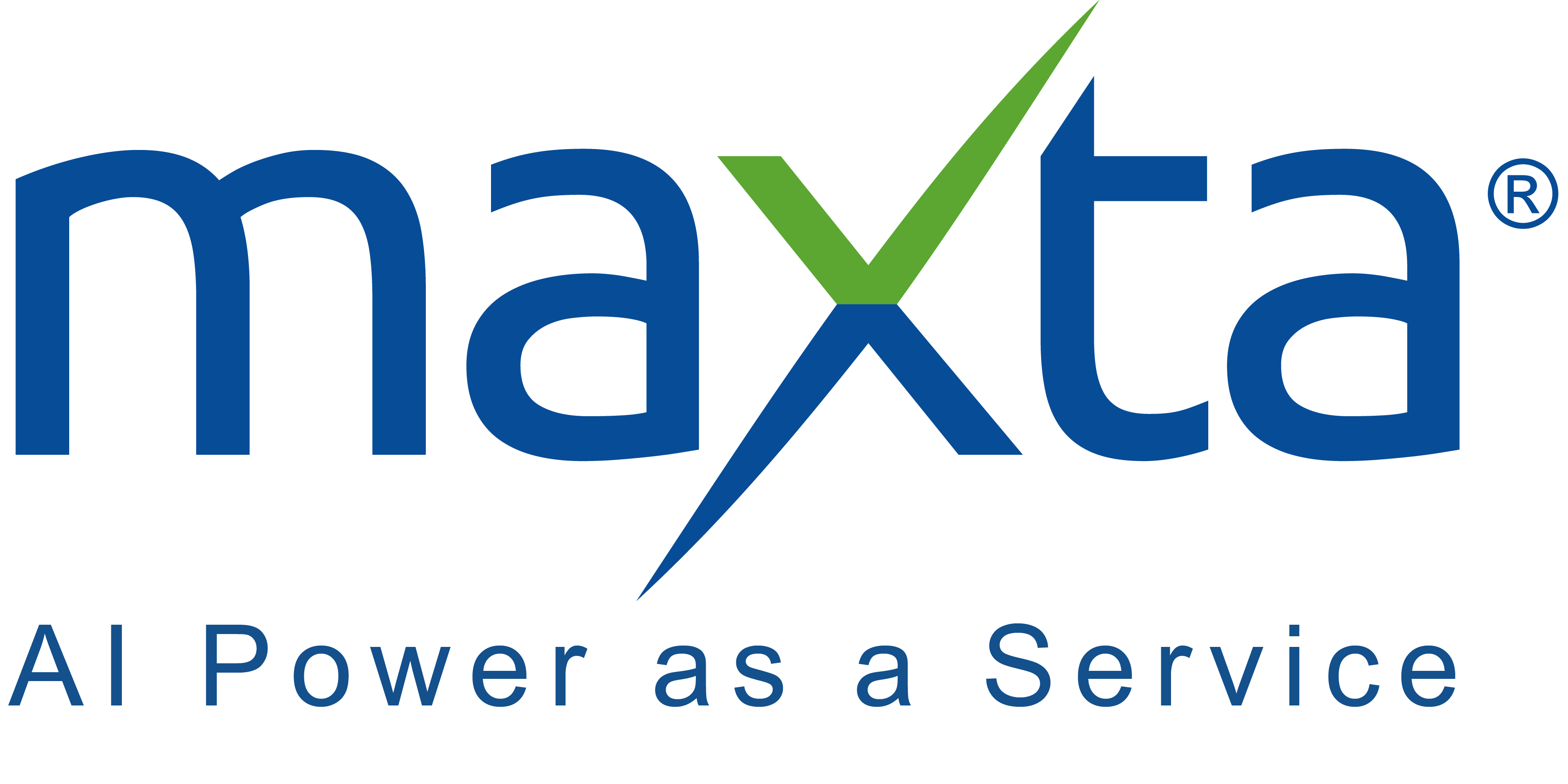Server virtualization has redefined the compute paradigm. Over the past decade, server virtualization has become mainstream and brought along with it significantly improved levels of efficiency, agility, availability and flexibility.
On the storage side, however, things have not quite kept pace. Storage architectures have only improved incrementally. The decades old architectures of SAN and NAS, originally devised for the physical world, are still the dominant enterprise deployment architectures and are not particularly well suited for the virtual world. These architectures are still based on the notion of a storage “box” or storage array imposing a high cost especially when compared to the cost of the media that is used within storage arrays. Moreover, the constructs used for storage abstraction, such as LUNs, volumes, files, etc., do not align well with virtual machine constructs. This misalignment adds significant operational complexity, time, and cost in provisioning and managing storage and data.
Ironically, server virtualization actually accelerated the adoption of shared storage architectures like SAN and NAS, since shared storage with enterprise-class features was needed to fully leverage server virtualization capabilities like high availability, agility and dynamic load balancing. Furthermore the additional cost and complexity of storage has become a critical impediment in realizing the vision of the promise data center.
The advent of flash storage has been a boon in terms of significantly improving I/O performance. Many vendors are positioning all-flash arrays or server-side flash as the solution to all storage problems. Flash addresses performance and cost/IOPS challenges, but does not address the cost/GB challenge nor does it addresses storage complexity due to the construct gap between storage and server virtualization.
What is needed – and what Maxta is poised to deliver – is a complete re-architecture of the storage paradigm so that it is not shackled anymore by storage arrays and is fully aligned with compute-side virtualization. Built correctly, such a new architecture can keep up with the high levels of simplicity, agility, availability, efficiency and cost that exist at the compute side.
The answer lies in converged computing, storage and networking solution leveraging standard, off-the-shelf hardware components to minimize capital cost. With this approach, all storage functionality is delivered in software running on the same servers that run the virtualization hypervisor. This is a true implementation of “Software-Defined Storage”. Convergence enables the elimination of server-to-storage protocols and associated constructs resulting in full alignment of storage constructs to virtual machine constructs. The resulting VM-centric storage and data management services greatly reduce operational cost and complexity.
The implementation of virtual machines and lately virtual desktops generates an extremely random I/O workloads and creates performance bottlenecks for traditional storage implementations. It is therefore critical to ensure that the storage solution is optimized for flash to leverage superior flash performance especially for random I/O workloads. At the same time, the architecture needs to be flexible and cost effective not just in terms of cost/IOPS but also in terms of cost/GB. A hybrid Flash/HDD with software that optimizes for flash performance and HDD capacity fits the bill.
The storage layer needs to have the same levels of availability, agility and dynamic load balancing as the server virtualization layer. It is thus critical that the Software-Defined Storage deliver enterprise class data services that we have come to expect from storage arrays, such as snapshots, clones, replication, thin provisioning, compression and data de-duplication.
In summary, an enterprise-level VM-centric Software-Defined storage solution that leverages server-attached flash and HDD is the ultimate solution for realizing high levels of efficiency, agility, availability and flexibility at a very attractive cost in the virtual data center. Maxta is delivering on this vision today.
To learn more about Maxta’s new approach to enterprise storage contact us at
(408) 212-9477 or email us at info@maxta.com, and follow us on Twitter.



 Maxta Introduces VMware Escape Pod
Maxta Introduces VMware Escape Pod


